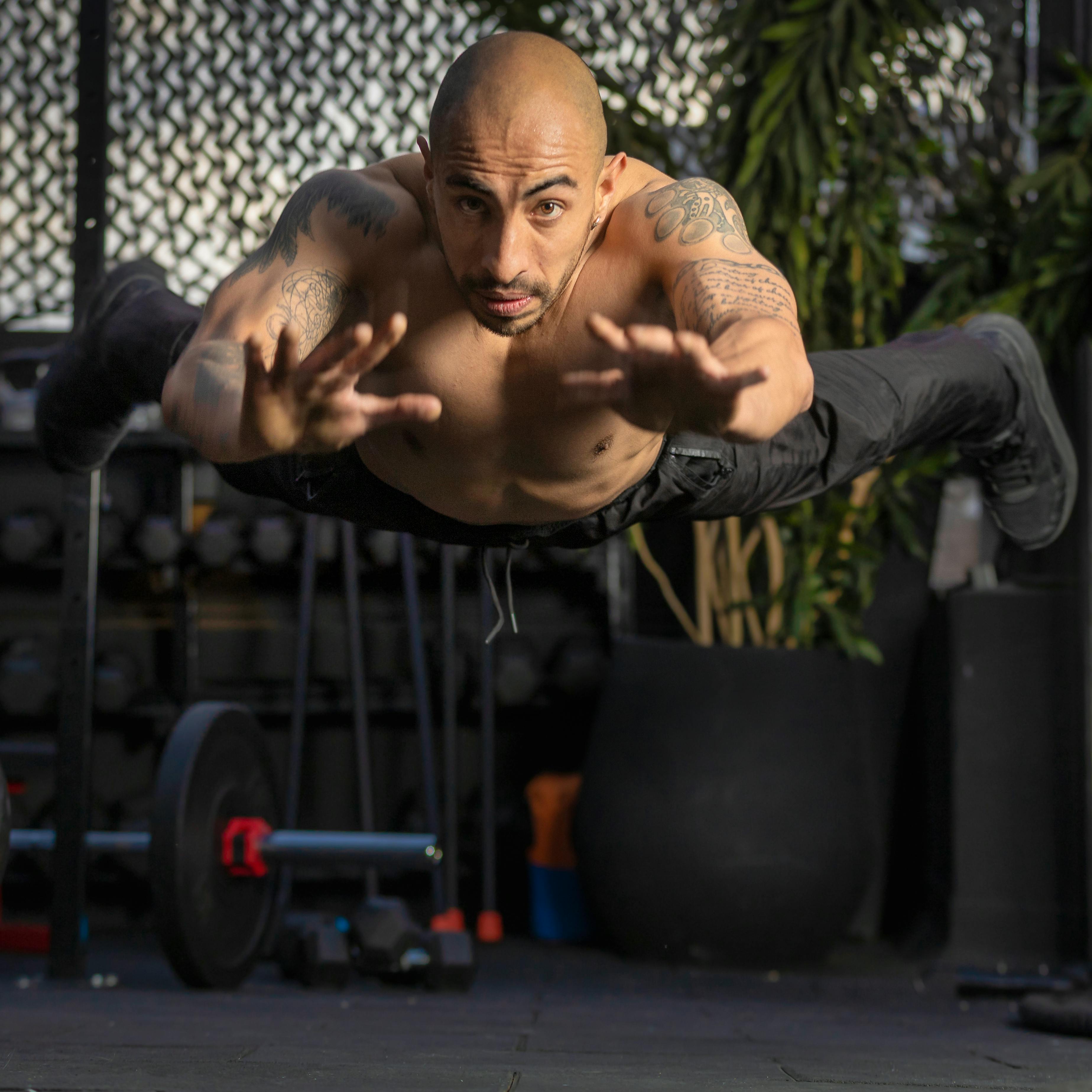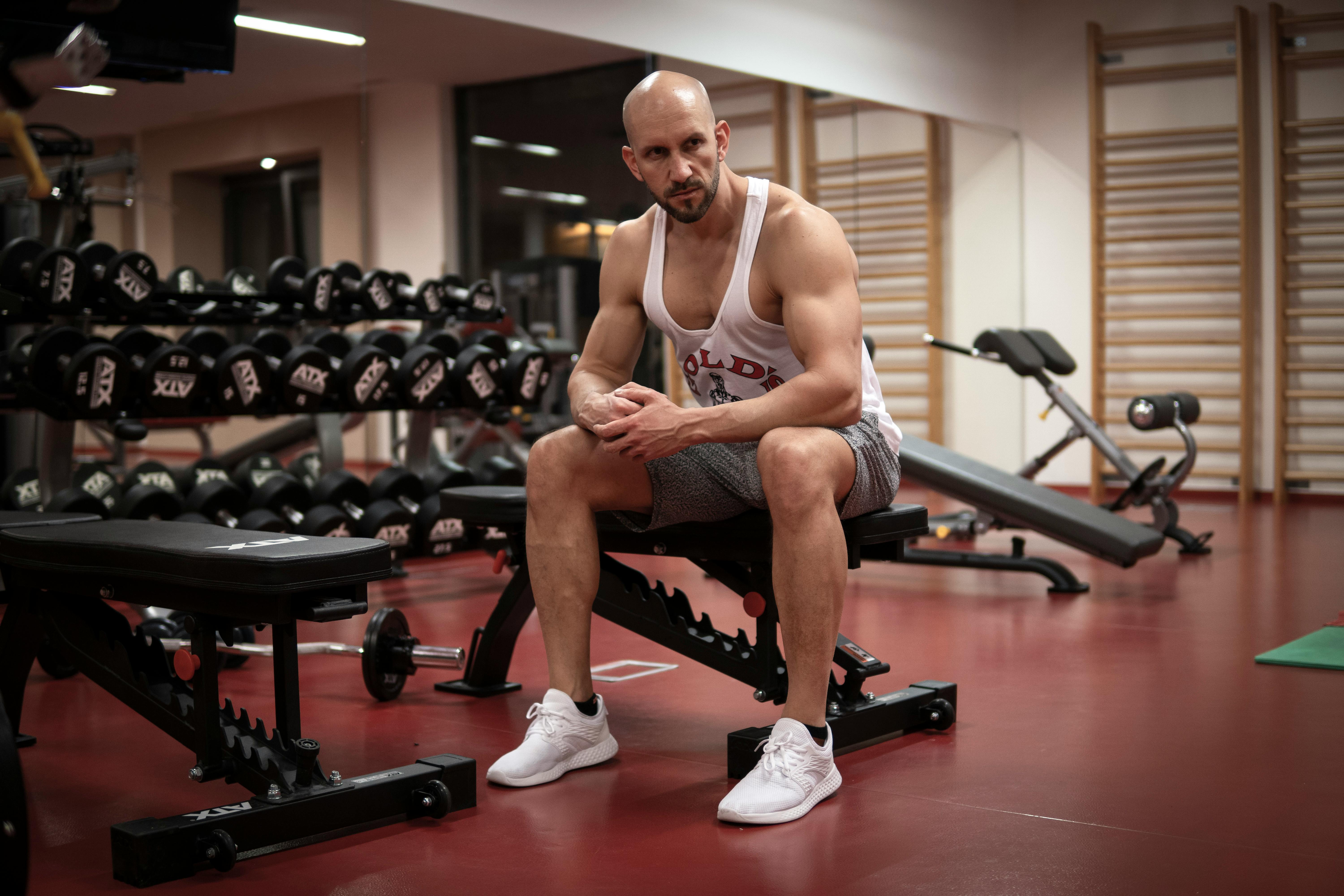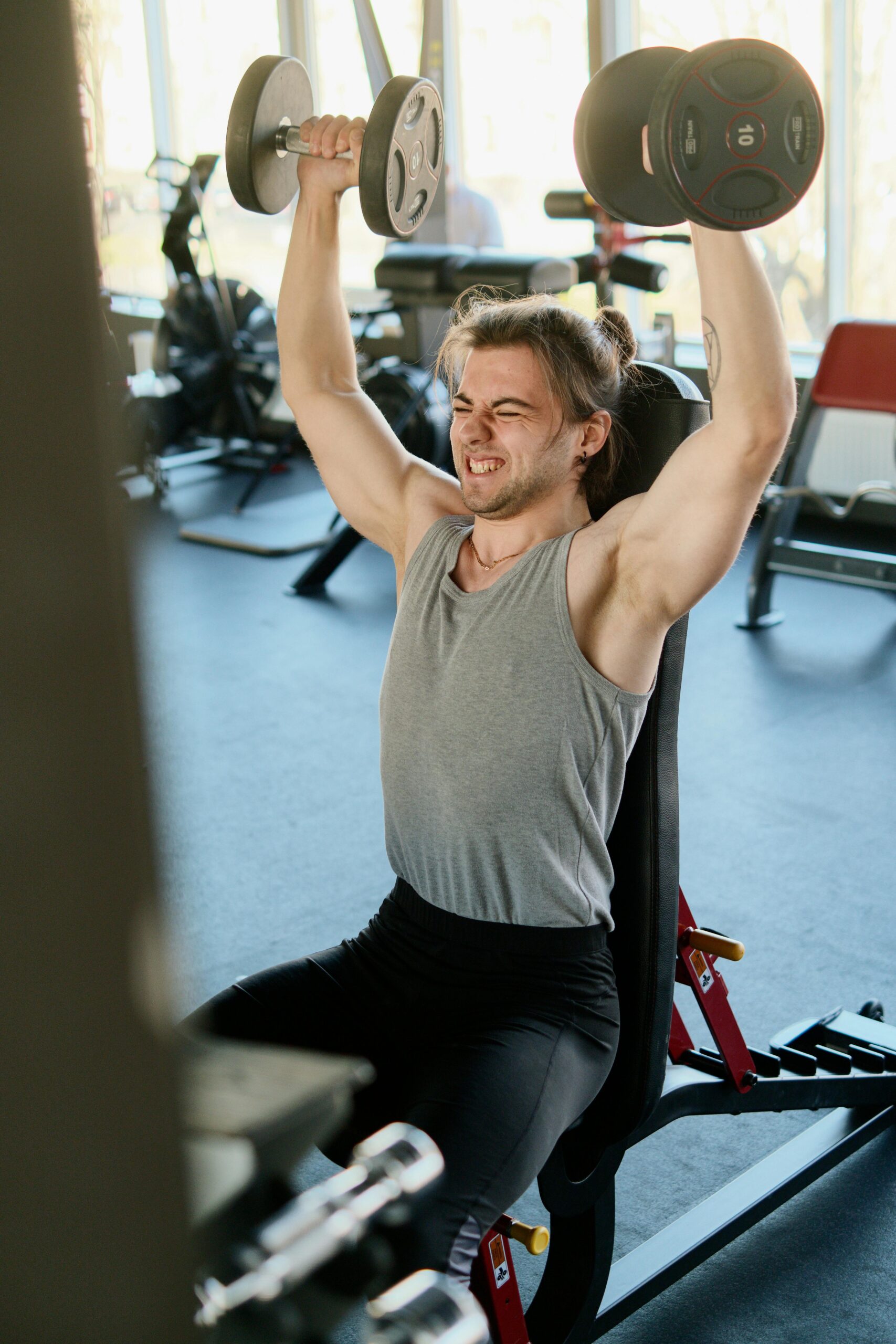Ultimate Guide to Schulterpresse Kurzhantel: Enhance Your Workout in 2025
In the realm of strength training, the Schulterpresse Kurzhantel (dumbbell shoulder press) stands out as an essential exercise for building upper body strength and improving overall fitness. This guide dives into the many facets of shoulder training with dumbbells, providing insights into the best practices, variations, and benefits that can enhance your workout routine in 2025. As shoulder exercises are crucial for anyone looking to improve core stability, body posture and athletic performance, understanding how to effectively implement them in your fitness regime is paramount.
Our exploration will encompass various aspects including shoulder mobility, effective training plans, common mistakes to avoid, and tips for beginners. Whether you’re new to fitness or a seasoned athlete, this guide offers something for everyone. Key takeaways include methods to optimally strengthen shoulder muscles, injury prevention techniques, and enhancing your athletic performance through effective shoulder workouts. Let’s embark on this journey to master the Schulterpresse Kurzhantel and transform your fitness goals.

Essential Techniques for Shoulder Training with Dumbbells
To begin our discussion, it’s vital to understand the fundamental techniques associated with the Schulterpresse Kurzhantel. Mastering these techniques sets the groundwork for more advanced shoulder exercises, and emphasizes safety and efficiency.
Understanding Shoulder Biomechanics
Effective shoulder training begins with knowledge of the muscle groups involved. The shoulder complex includes the deltoids, rotator cuff, and surrounding muscles. Proper biomechanics ensures that exercises like the dumbbell shoulder press engage these muscles without risking injury. Focusing on the range of motion and body mechanics can enhance muscle activation and facilitate strength gains.
Warm-Up Routines for Shoulder Exercises
A comprehensive warm-up is crucial prior to any intensive shoulder workout. Effective warm-up routines, including dynamic stretches and mobility exercises, prepare your shoulders for the workout ahead. Incorporating shoulder circles, arm swings, and resistance band stretches will increase blood flow and enhance flexibility. This step can significantly reduce the risk of injury.
Push-Press Technique Explained
The Push-Press is a dynamic variation of the shoulder press, integrating explosiveness and power into your routine. It involves using your legs to generate momentum, allowing you to lift heavier weights. Mastering this technique can lead to improved muscle hypertrophy and overall shoulder strength.
Common Mistakes to Avoid in Dumbbell Shoulder Press
Many individuals make common errors during shoulder workouts that can hinder their progress or lead to injury. Key mistakes include poor posture, lifting weights that are too heavy, and using incorrect form. Vigilantly avoiding these pitfalls ensures that you engage your shoulder muscles effectively while minimizing risk.
Designing Your Shoulder Workouts
Creating a structured trainingsplan Schulter is crucial for achieving optimal results. Incorporate a variety of exercises targeting different angles and muscle groups. Combining shoulder presses, lateral raises, and front raises can provide a comprehensive workout that stimulates shoulder hypertrophy. Frequency, sets, and repetitions should be tailored to your fitness level and goals.
Benefits of Dumbbell Shoulder Training
Having established the techniques, it’s important to recognize the numerous benefits of incorporating shoulder training into your fitness routine. The advantages extend beyond simply building muscle.
Improving Shoulder Mobility and Stability
Regular Schulterübungen mit Kurzhanteln can tremendously enhance shoulder stability and mobility. The added complexity of using dumbbells necessitates greater coordination and engagement of stabilizing muscles, thus refining your overall shoulder function. Improved mobility is essential for other exercises and day-to-day activities.
Injury Prevention Strategies
Through effective shoulder training, you can significantly reduce the risk of injuries associated with other activities, especially sports. Exercises targeting the shoulder’s stabilizer muscles fortify these critical areas, making them more resilient. This extends to balanced strength development, critical in injury prevention.
Enhancing Athletic Performance
Building strength in the shoulders can lead to improved performance in various sports. Whether it’s swimming, throwing, or lifting, strong shoulders contribute to more effective movement patterns and overall athletic ability. Thus, integrating shoulder workouts can provide a competitive edge.
Supporting Overall Fitness Goals
Incorporating shoulder training into your fitness routine helps in achieving overall body strength and balance. Strong shoulders support the upper body, reduce the likelihood of muscle imbalances, and improve posture—a key aspect of fitness. Consequently, it contributes to achieving a well-rounded fitness goal.

Effective Variations for Shoulder Pressing Exercises
Exploration of different variations for shoulder presses allows individuals to diversify their workouts, keeping the training regimen both effective and engaging. These variations challenge the body in unique ways and help prevent workout monotony.
Standing vs. Seated Dumbbell Shoulder Press
Choosing between a standing or seated position for your shoulder press will yield different results. Standing exercises enhance core stability and engage the lower body, while seated ones provide more stability and focus solely on the shoulder muscles. Evaluating your training goals can guide your choice.
Single-Arm Dumbbell Press
The single-arm dumbbell press adds an element of challenge to your shoulder workouts. This variation particularly enhances core engagement and improves stability, as you are required to balance while pressing the weight overhead. It allows for better range of motion for the working side and can correct muscle imbalances.
Dumbbell Lateral Raises for Shoulder Width
To specifically target shoulder width and deltoid growth, lateral raises are integral. This classic shoulder exercise emphasizes the lateral deltoids, contributing to the overall aesthetic and functional performance of your shoulders. Regular incorporation can yield significant improvements in shoulder width over time.
Arnold Press for Comprehensive Development
The Arnold press, popularized by Arnold Schwarzenegger, is a fantastic way to engage all three heads of the deltoid muscle. The rotation involved activates more muscle fibers than standard presses, making it a potent addition to your shoulder training arsenal.
Integration of Resistance Bands
For those looking to integrate varied resistance into their shoulder workouts, resistance bands can be a fantastic alternative. They offer constant tension throughout the movement, promoting muscle engagement from start to finish, and are especially useful for rehabilitation purposes or pre-activation before heavier lifts.
Creating a Sustainable Shoulder Training Routine
Establishing a consistent training schedule is key to long-term success in shoulder development. The following strategies can help in creating a manageable and effective routine.
Setting Clear Fitness Goals
Goal setting is crucial for motivation. Define specific, measurable, and achievable objectives relating to your shoulder training, be it strength improvement, muscle growth, or increased mobility. This structure allows for focused progress tracking and consistent motivation.
Monitoring Progress and Adjusting Techniques
Regularly assessing your progress is important in any training program. Adjust your weights, repetitions, and variation frequency according to your growth and changing capabilities. This ensures that your shoulder training remains challenging and effective, avoiding plateaus.
Incorporating Recovery and Rest Days
Incorporating recovery is just as important as the workouts themselves. Plan rest days strategically to allow muscle recovery. This not only aids in muscle growth but also enhances performance in upcoming workouts.
Adapting Your Training to Your Lifestyle
Your fitness routine should align with your lifestyle and schedule. Whether through a home setup or gym access, working out effectively at convenient times can improve adherence to the program. The flexibility of using Fitnessgeräte Schulter at home allows for consistent engagement.
Community Engagement and Group Training
Involving peers in your shoulder training can enhance motivation and accountability. Group training sessions or finding a workout buddy can expose you to different techniques and shared experiences, leading to a more enriching fitness journey.
Q&A Section: Common Questions on Schulterpressen
What is the best way to start shoulder training for beginners?
For beginners, starting with lighter weights and focusing on form is crucial. Incorporate basic exercises like the dumbbell shoulder press and lateral raises while ensuring proper technique through expert guidance or instructional videos.
How can I prevent shoulder injuries while training?
Preventing injuries involves proper warm-up routines, understanding your limits, and maintaining good form. Avoid over-exertion and include balanced shoulder exercises that promote overall stability.
What is the optimal frequency for shoulder workouts?
It’s advisable to train shoulders 1-2 times a week, allowing adequately spaced recovery days. Listen to your body and adjust according to how you feel post-workout.
Should I incorporate other muscle groups into my shoulder workout?
Absolutely! Integrating full-body workouts that involve shoulder exercises can promote muscular balance, development, and overall fitness. Consider combining with lower body or core workouts for comprehensive conditioning.
How do I track progress in shoulder training?
Setting clear benchmarks, such as increasing weights, repetitions, or completing exercises with better form, allows you to effectively measure progress. Keep a training journal or use apps to monitor improvements consistently.
